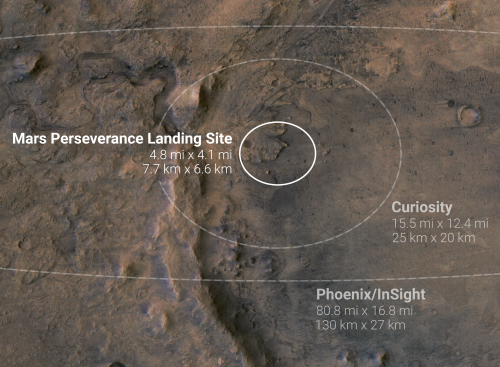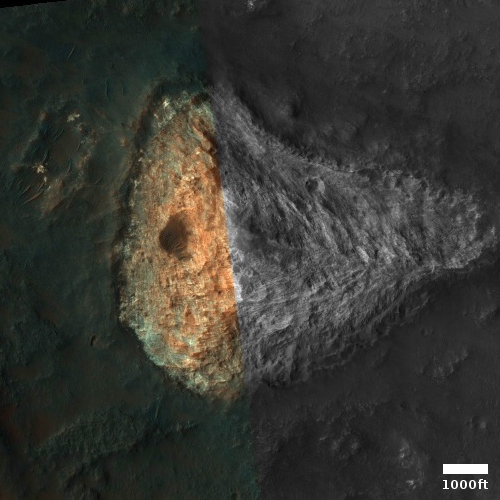SLS core stage static fire test aborts after only one minute
During the crucial first static fire test of SLS’s core stage yesterday — meant to last a full eight minutes — the booster aborted the test after only one minute.
It’s still too early to know exactly what caused the early shutdown in Saturday’s engine test.
Flight controllers could be heard during the test referring to an “MCF” (a major component failure) apparently related to engine No. 4 on the SLS booster. John Honeycutt, NASA’s SLS program manager, added that at about the 60-second mark, cameras caught a flash in a protective thermal blanket on the engine, though its cause and significance remain to be determined.
Honeycutt said it’s too early to know if a second hot-fire test will be required at Stennis, or if it can be done later at NASA’s Kennedy Space Center in Florida, where the SLS is scheduled to launch the uncrewed Artemis 1 mission around the moon by the end of this year. Similarly, it’s too early to know if Artemis 1 will still be able to launch this year. “I think it’s still too early to tell,” Bridenstine said of whether a 2021 launch for Artemis 1 is still in the cards. “As we figure out what went wrong, we’re going to know kind of what the future holds.” [emphasis mine]
If this engine abort had occurred during a launch, with the two strap-on solid rocket boosters still firing (and no way to turn them off), the entire rocket would have been lost. Thus, for NASA to even consider shipping this core stage to Florida before figuring out the problem and fixing it is downright insane.
They need to figure out what went wrong, fix it, and then test again, even if if means the first unmanned Artemis flight experiences a serious delay. If they don’t then this whole program is proved to be an idiotic sham (something I have believed for about a decade), and should be shut down by Congress and the new President, immediately.
I am reporting this late because this weekend I was out in the country on a caving trip, taking a very much needed break from the truly horrible news of modern America.
During the crucial first static fire test of SLS’s core stage yesterday — meant to last a full eight minutes — the booster aborted the test after only one minute.
It’s still too early to know exactly what caused the early shutdown in Saturday’s engine test.
Flight controllers could be heard during the test referring to an “MCF” (a major component failure) apparently related to engine No. 4 on the SLS booster. John Honeycutt, NASA’s SLS program manager, added that at about the 60-second mark, cameras caught a flash in a protective thermal blanket on the engine, though its cause and significance remain to be determined.
Honeycutt said it’s too early to know if a second hot-fire test will be required at Stennis, or if it can be done later at NASA’s Kennedy Space Center in Florida, where the SLS is scheduled to launch the uncrewed Artemis 1 mission around the moon by the end of this year. Similarly, it’s too early to know if Artemis 1 will still be able to launch this year. “I think it’s still too early to tell,” Bridenstine said of whether a 2021 launch for Artemis 1 is still in the cards. “As we figure out what went wrong, we’re going to know kind of what the future holds.” [emphasis mine]
If this engine abort had occurred during a launch, with the two strap-on solid rocket boosters still firing (and no way to turn them off), the entire rocket would have been lost. Thus, for NASA to even consider shipping this core stage to Florida before figuring out the problem and fixing it is downright insane.
They need to figure out what went wrong, fix it, and then test again, even if if means the first unmanned Artemis flight experiences a serious delay. If they don’t then this whole program is proved to be an idiotic sham (something I have believed for about a decade), and should be shut down by Congress and the new President, immediately.
I am reporting this late because this weekend I was out in the country on a caving trip, taking a very much needed break from the truly horrible news of modern America.







